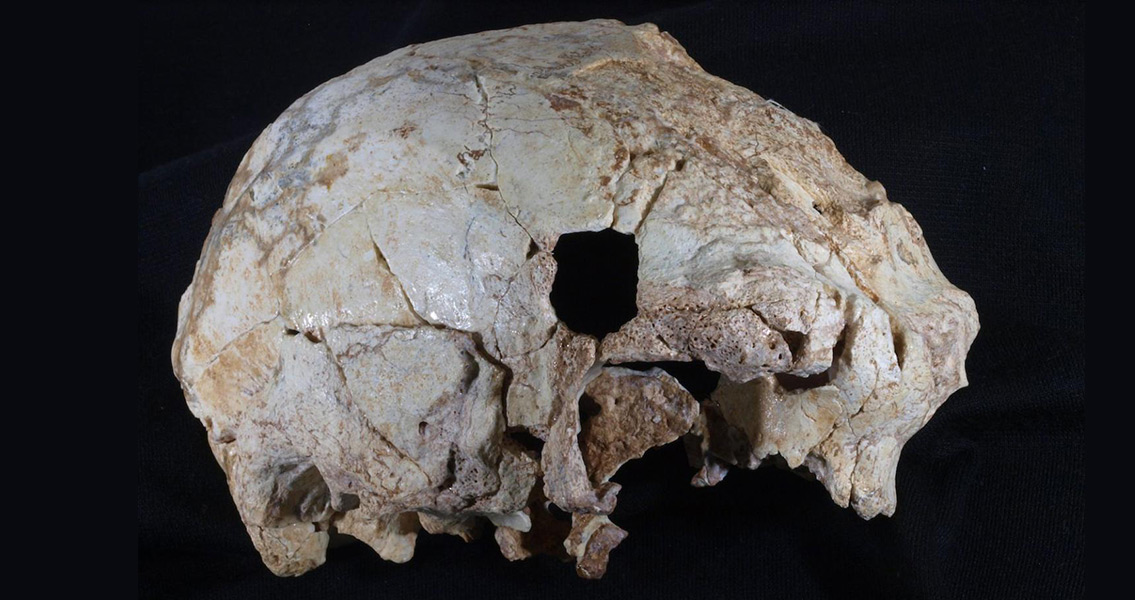<![CDATA[A rare 400,000-year-old fossilized skull was recently discovered in a cave in Portugal and is likely the oldest such fossil of its kind found within the country, according to the researchers who unearthed it. A new research study documenting the discovery was recently published by a team of international researchers spearheaded by João Zilhão, an archaeologist from the University of Binghamton in New York. The implications for understanding the origin and evolution of our evolutionary cousins the Neanderthals are many, scientists said in a press release from the university. The cranium fossil, which dates reliably to the Pleistocene epoch, is the westernmost human fossil originating from that time period ever found within Europe. The skull is also one of the oldest finds in Europe that is associated with the Acheulean stone tool manufacturing process, thanks to the large number of stone tools found alongside the remains. Binghamton anthropology professor Rolf Quam, who was also involved in the research, categorized the new fossil discovery as “interesting,” adding that the Iberian Peninsula is key to understanding human evolution. Quam said the “Aroeira cranium,” which gets its name from the the cave in which it was found, shares some features with other fossils from the early Pleistocene in Spain, Italy, and France but is distinct unto itself. This raises the suggestion that different populations across Europe would have showed slightly different feature combinations, the anthropologist remarked. Found on the final day of excavation work on site during the 2014 season, the cranium was removed still encased in a solid block of sediment to facilitate transportation. Then, it was taken to Madrid’s Centro de Investigacion sobre la Evolucion y Comportamiento Humanos, a paleontology research center, where the skull underwent a two-year-long process of being prepared and then extracted carefully. Quam praised the arduous work of countless researchers who toiled over those years. He specifically called out the archaeologists who had been excavating the Aroeira site before discovering the skull, the individual who released the fossil from its confines of its cemented sediment, the research team responsible for virtually reconstructing the specimen through CT scanning techniques, and the anthropologists who then studied the fossilized skull. Quam said he counted himself as fortunate to have been involved in the research, as it represents the most positive aspects of international scientific collaboration. Zilhão echoed his colleague’s sentiments, stating that the discovery of a human skull of such advanced age and heightened importance was “a very special moment.” Even after studying such dig sites for the last three decades and being involved in recovering much in the way of important archaeological data, Zilhão said he was still impressed with the find. The newly discovered cranium fossil is destined to become the cornerstone of a human evolution exhibit in Lisbon, Portugal’s Museu Nacional de Arqueologia in October of 2017. The new research study, which was published in the journal The Proceedings of the National Academy of Sciences, can be found here Image courtesy of Javier Trueba]]>
Rare 400,000 Year Old Skull Discovered in Portuguese Cave
